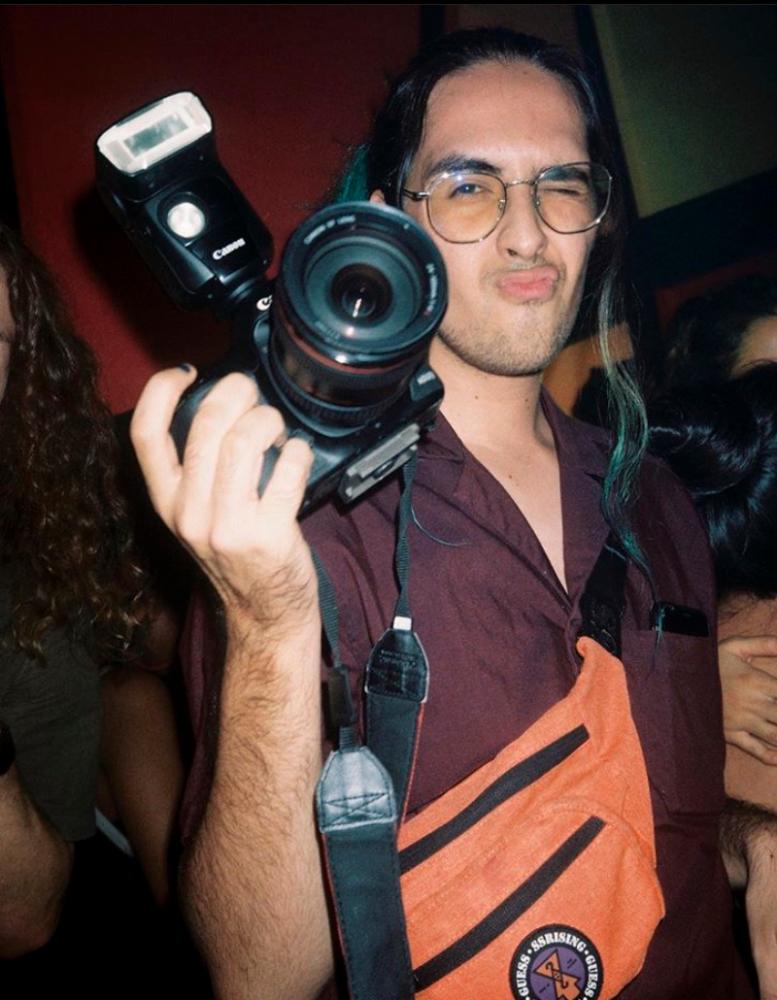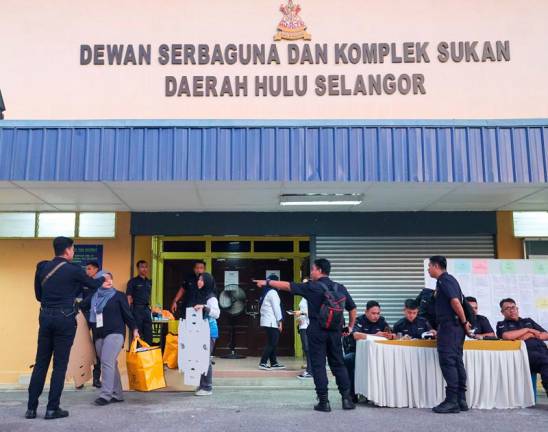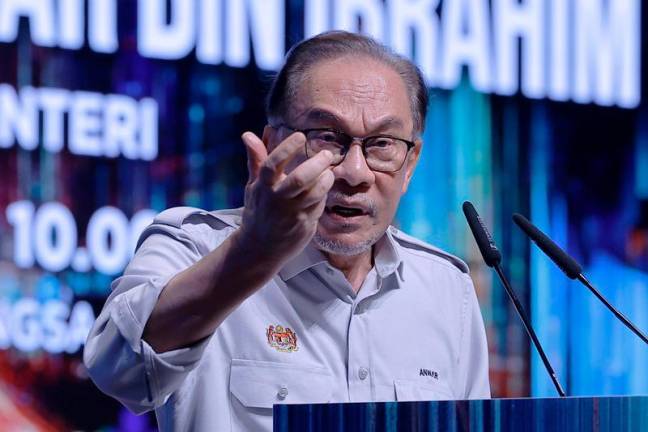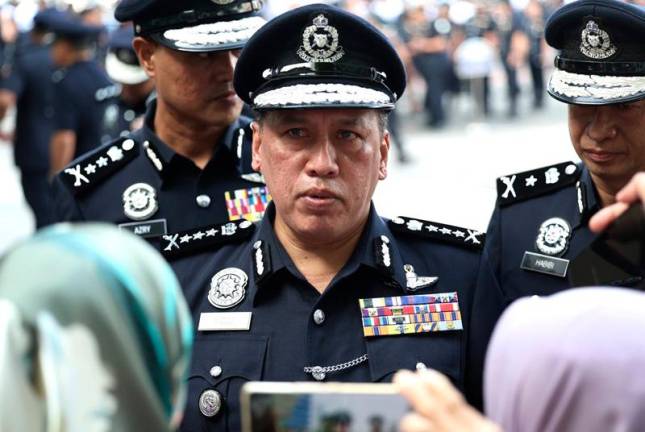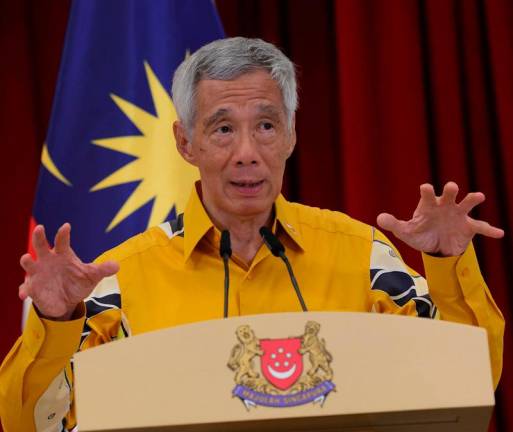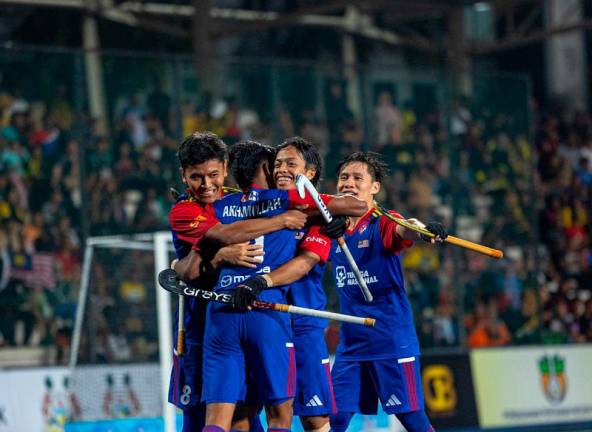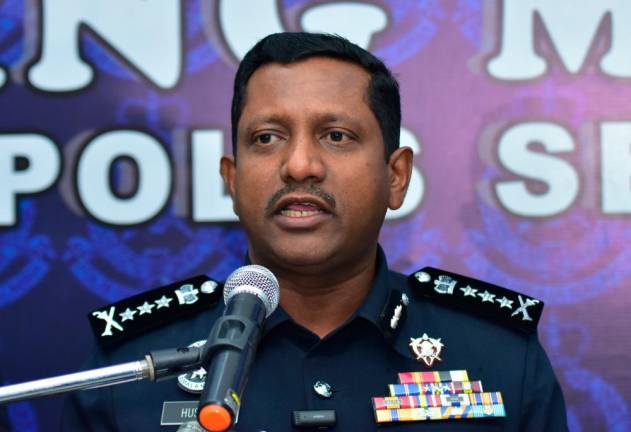It is an understatement to say that photography is Daniel Adams’ passion. He remembers taking random photos since he was nine or
10 years old. But he only got into it seriously when he was in college.
“I studied photography at university. The structure and the messaging of my photography, began there,” said Daniel, who has a BA (Hons) in Photography.
In 2017, as a part of his final year project while studying in the UK, Daniel launched Why Is Your English So Good?, a photo series highlighting the widespread problem of casual racism and ignorance encountered by Malaysians in the United Kingdom and Ireland.
“It is important to get the message across,” said Daniel. “I feel that in my art, if it is not helping someone, or educating someone, I don’t see the point of me doing photography.
“I went through a part of my life where I was looking at art, I was studying art. But a lot of it didn’t make sense to me.
“I didn’t understand why it was being made.
“From there I started creating a series of photographs or projects that had a stronger message behind it, so I could at least educate someone or create discussion.”
Since Why Is Your English So Good?, Daniel has done projects that blur the lines between gender, identity, and cultural norms.
“The only real pushback that I have gotten in my work is when I do anything that is LGBT-related and the conservative community picks up on it. But it is never towards me, a lot of the feedback I get is always good constructive criticism.
“It also helps that people who follow me and who I surround myself with are liberal and open-minded,” said Daniel.
Daniel is based in Malaysia and all of his work, apart from Why Is Your English So Good? was shot in Malaysia.
“Honestly one of my favourite shoots is the Dark Skin Is ... project, because of the whole process”. Here Daniel is referring to Dark Skin Is ... (2019), a collaboration project with Catherhea.
“We had a whole casting process that went on for three or four months, and we went through people who wanted to be a part of it. And then we talked to them about what they think about skin colour and what it means to them.
“This went for three or four rounds and we had a fitting session to properly fit everyone. Because it is all cloth, we had to have friends come in and style it because we had no idea how to do it,” said Daniel.
The result is a photo series that revolves around the beauty, richness, and diversity among dark-skinned individuals in Malaysia, who are often overlooked and discriminated against.
Daniel explains that the colour blue was chosen because it represented water, the backbone of civilisation, and how dark skin is also a part of the backbone of our country. “However, he added,”The cloth used in the whole shoot was orange because we could not find blue material”.
Originally the shoot was meant for four to five people, but the number was too small to capture the diversity in Malaysia and so a decision was made to not only include more people but also people of different abilities.
“These are the people who were already following us and who signed up. We did not need to look for people,” said Daniel.
He pushed diversity in his work further with An Unconventional Standard (2019). Daniel’s idea was one of the 19 selected ideas for the exhibition. The premise was to create a piece of art based on the colour pink.
“I chose to focus on health, beauty, and the unconventional. Everyone in the image has either a skin disorder or mental or physical disability. It was also a comment on how beauty is more than skin deep,” said Daniel.
He added: “One of the reasons I do this is because I am tired of seeing white models presenting our culture back to us. That’s just really frustrating.
“Like, when I see a baju kurung ad and I see a white model in it, it just doesn’t make sense. It doesn’t represent our culture.
“I also address gender and sexuality because it is such a taboo subject in our country. I feel like it needs more exposure. It’s all about educating people, even if they disagree with it, they have a little bit more of an understanding of what these people are going through and who these people are”.
Looking at Daniel’s work, one would think that he has the best equipment money can buy. But in reality, it’s all about the skills. “I have a Canon 5D Mark 3 Body, 50mm f1.4 lens, a standard kit lens, a zoom lens, and that is it,” he said.
For his next project, he said that he would love to tackle the subject of racism again, but this time in Malaysia.



